
In early January 2026, Smurfit Westrock will close its South Fulton plant in the Atlanta area, impacting 55 employees.
This decision is a continuation of the company’s major restructuring efforts following its July 2024 merger, which has already led to 4,500 job losses and the closure of nine plants across the U.S. and abroad over the past 15 months.
As the packaging giant consolidates its operations, local communities are left grappling with the economic fallout.
Why Are Plants Closing?

Company officials cite market pressures, rising operational costs, and the need for operational optimization as key reasons for the closures.
Executives emphasize adapting to shifting demand and cost realities, with automation and sustainability trends accelerating the restructuring.
CEO Tony Smurfit stated in the April 2025 press release regarding facility closures: “While closing facilities is never an easy decision, it is based on a realistic expectation of current and future capacity needs, operating costs, and an unrelenting focus on improving our business.” Since the July 2024 merger, Smurfit Westrock has reduced its workforce by 4,500 positions.
Industry Consolidation May Impact Packaging Costs
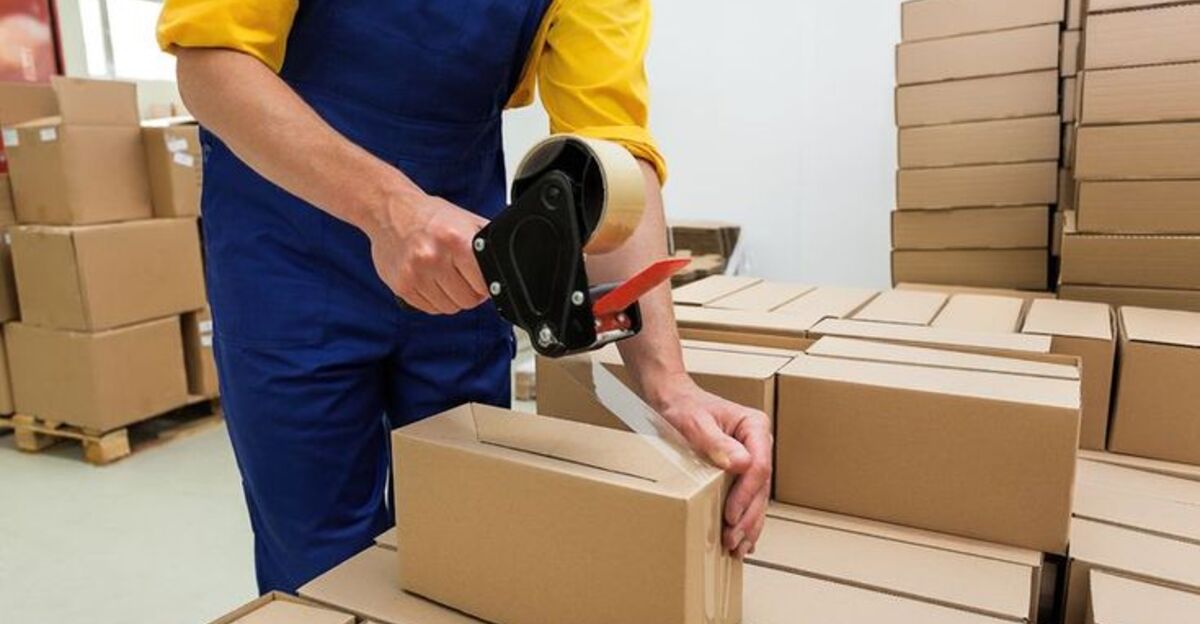
As packaging companies consolidate their operations and close facilities, reduced production capacity and supply chain adjustments may affect the costs of packaged goods.
The broader packaging industry announced over 1,000 layoffs in October 2025 alone. Retailers continue monitoring potential supply chain impacts.
Streamlining and Automation

Major packaging firms are consolidating operations, investing in automation, and shifting production to fewer, more advanced facilities.
Smurfit Westrock and other companies, such as Georgia-Pacific, are reallocating resources to optimize efficiency while offering severance and job placement support to affected employees.
Adjacent Markets See Opportunity

As traditional packaging plants close, demand for alternative packaging solutions—such as reusable containers and sustainable materials—has increased.
Companies specializing in eco-friendly packaging and logistics are expanding capacity, creating new jobs and market opportunities.
Packaging Industry Restructuring Continues
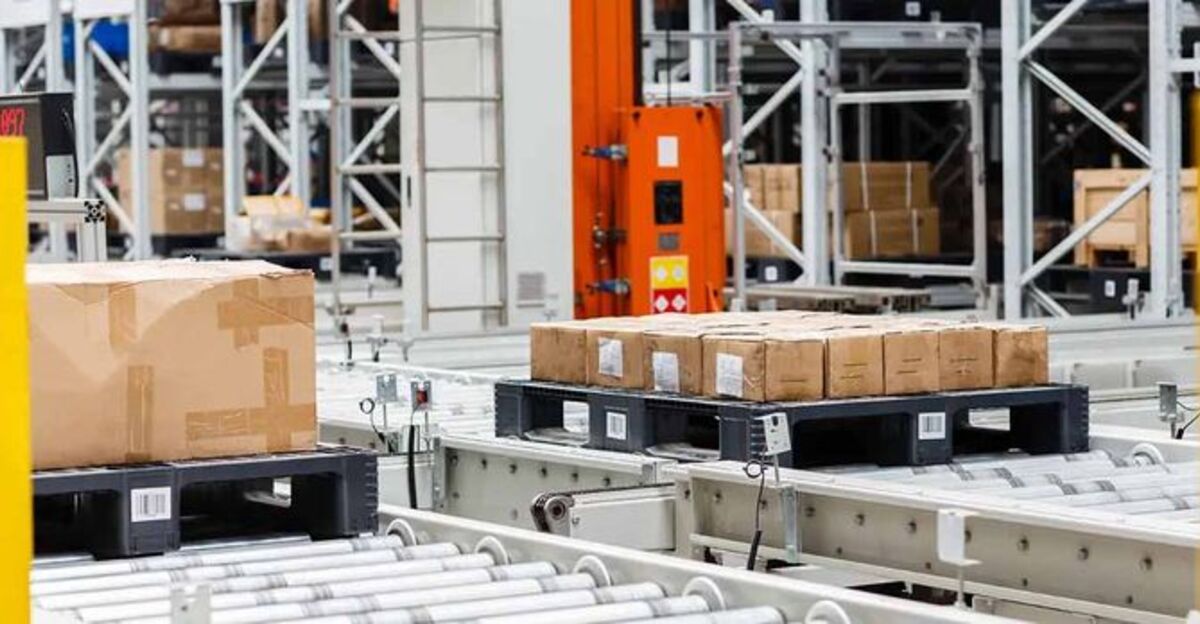
The U.S. packaging industry continues to consolidate, with companies adjusting production strategies in response to market conditions.
Smurfit Westrock’s restructuring, effective since July 2024, includes the closure of nine facilities across multiple states and countries, impacting thousands of workers as the company optimizes its operations.
Workers Grapple with Uncertainty
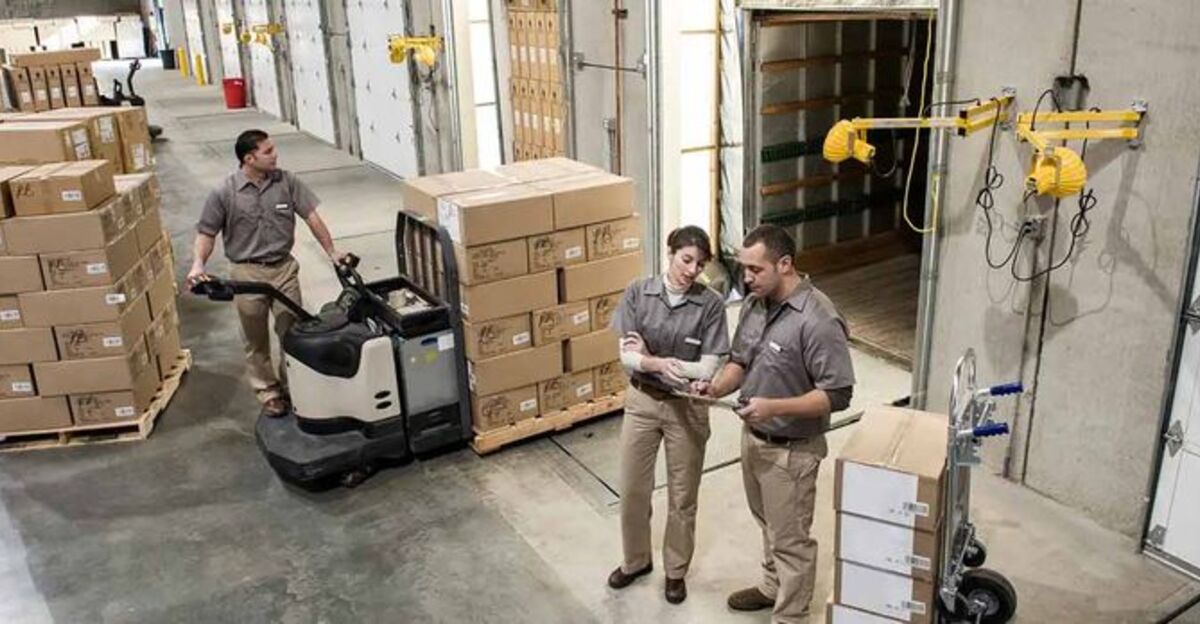
Fifty-five workers at the Atlanta facility and thousands more affected by Smurfit Westrock’s 15-month restructuring face job loss and financial instability.
The company is providing severance and outplacement assistance to affected workers. Families dependent on plant jobs must seek new employment or retraining.
Assistance For Workers

Plant closures trigger standard Worker Adjustment and Retraining Notification (WARN) procedures, which provide workers with advance notice and information about available support.
Federal and state worker assistance programs, including job retraining and employment services, are available to displaced workers.
The U.S. Department of Labor offers Employment Recovery Dislocated Worker Grants and job placement services to support workers affected by facility closures.
State and local workforce development agencies coordinate with employers and community organizations to provide job search assistance and skill development opportunities.
Economic Impacts of Manufacturing Consolidation

Industry-wide layoffs and plant closures contribute to broader economic uncertainty in manufacturing-dependent communities.
The packaging sector announced over 1,000 layoffs in October 2025, while the broader manufacturing sector lost 12,000 jobs in August of the same year. Analysts continue monitoring how consolidation affects local economies.
Packaging Industry Continues Market Adaptation
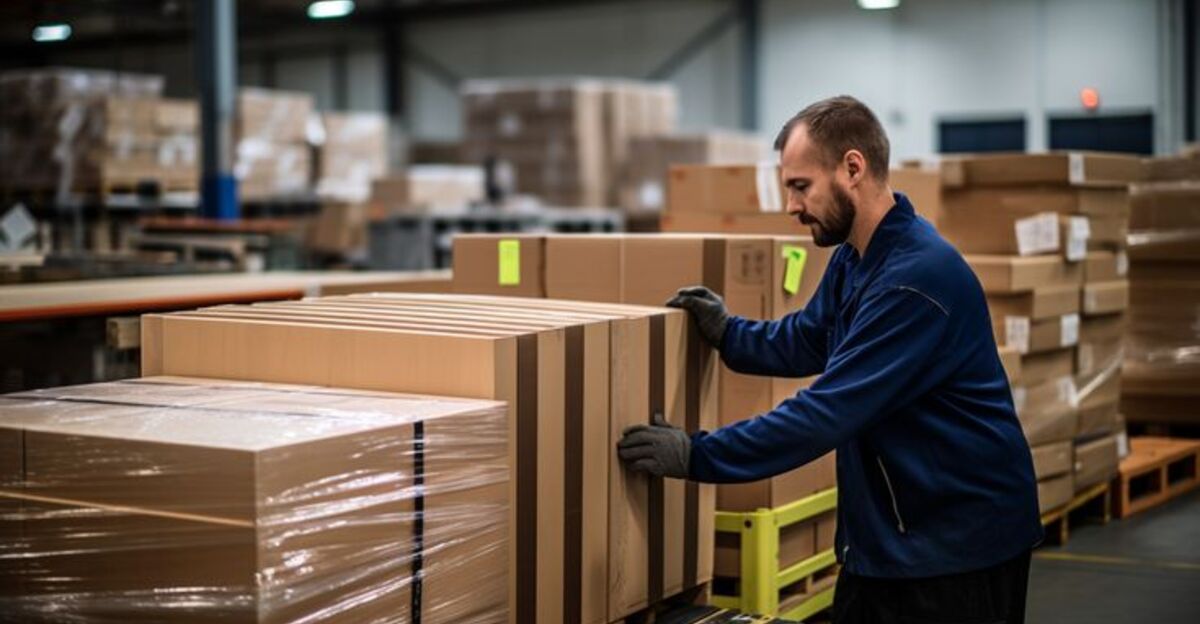
The packaging industry is adapting to changing market conditions, with companies consolidating operations and investing in more efficient facilities.
This restructuring reflects broader trends of automation, sustainability initiatives, and response to fluctuating demand in the post-pandemic economy.
Sustainable and Economic Balance in Focus

The packaging industry faces genuine tensions between modernization and economic disruption. While more efficient operations and sustainable materials can reduce waste and lower long-term environmental impact, the transition creates immediate job displacement.
New jobs in sustainable manufacturing and recycling typically emerge more slowly in different locations. Workers and communities, industry leaders, environmental advocates, and policymakers continue to negotiate how to manage this transition in an equitable manner.
Industry Adapts to Market Realities
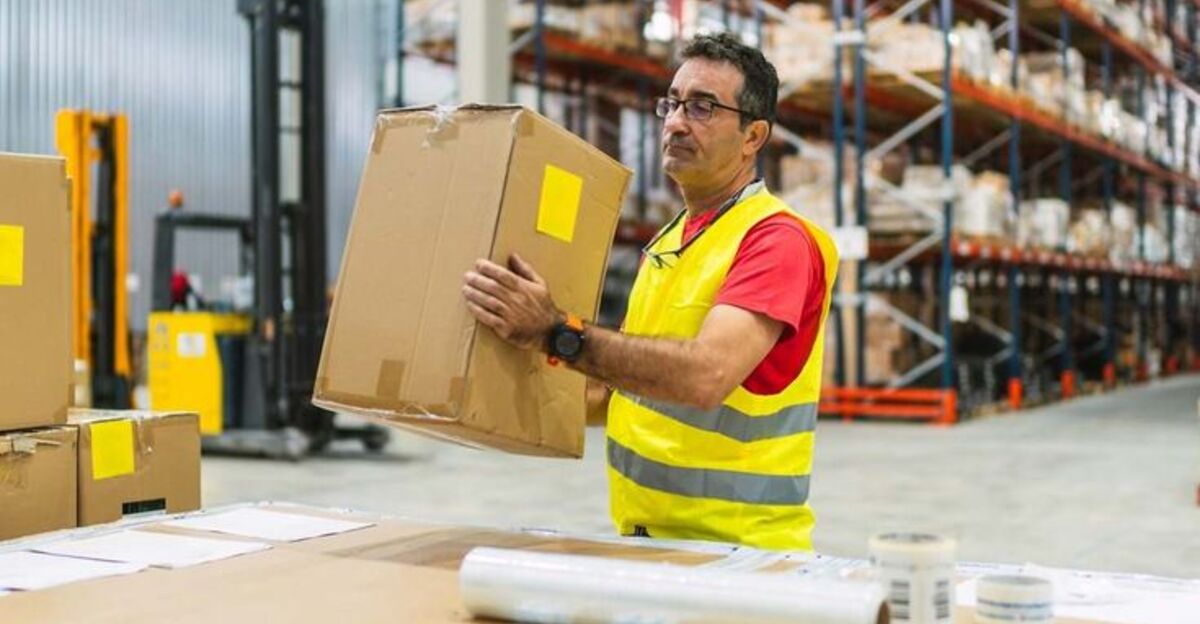
Packaging companies and their customers are adapting to industry consolidation. Some businesses are diversifying suppliers, while others invest in strengthening relationships with remaining facilities. The packaging market continues to recalibrate in response to changing production capacity.
Industry Restructuring Creates Winners and Losers

Eco-friendly packaging firms and advanced manufacturing facilities are poised to benefit from industry consolidation, as they can gain market share as demand shifts.
Conversely, communities reliant on traditional manufacturing face economic challenges, as small businesses and suppliers adjust to the loss of contracts.
Financial Market Watches Industry Consolidation
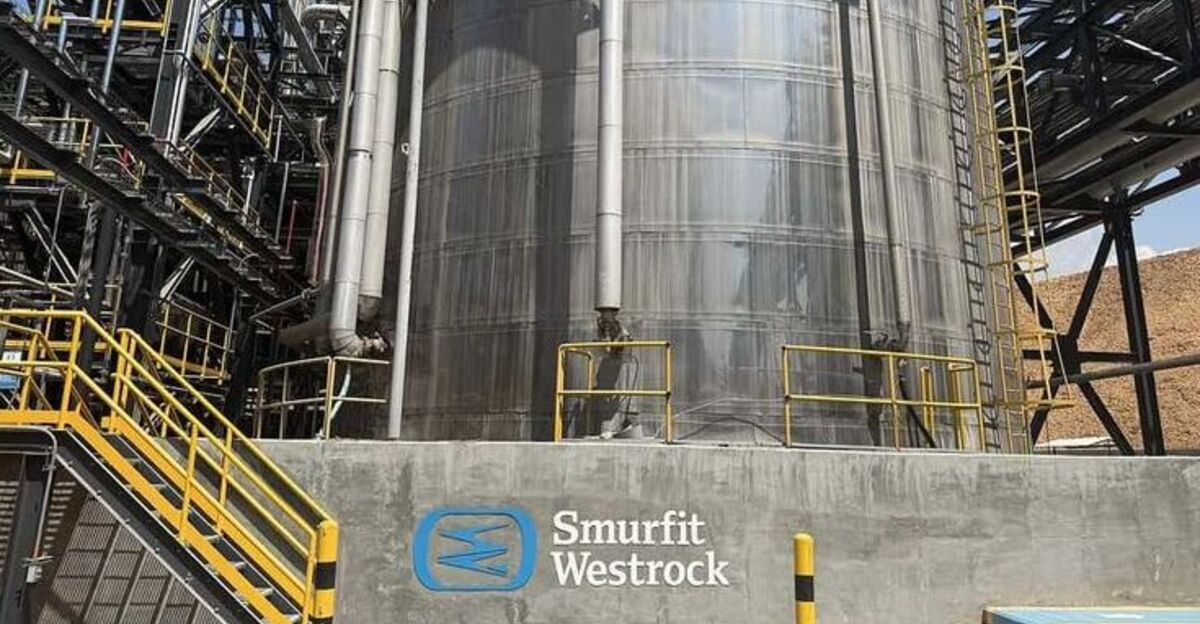
Investors are monitoring packaging stocks as companies restructure operations. Smurfit Westrock’s shares have experienced volatility following earnings announcements and news of restructuring.
Financial analysts recommend careful evaluation of packaging sector investments during this consolidation period.
What’s Next for U.S. Packaging Manufacturing?
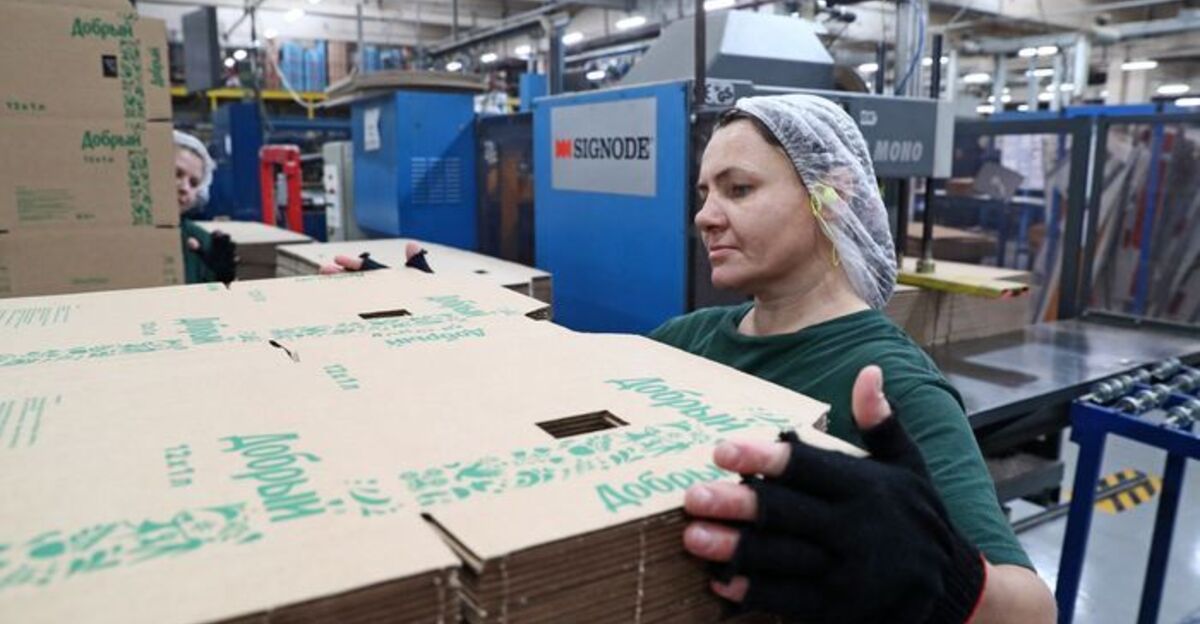
The Atlanta plant closure and Smurfit Westrock’s broader 15-month restructuring signal ongoing consolidation in American packaging manufacturing.
As companies adapt to market pressures through automation and facility optimization, communities and workers must prepare for continued industry evolution.
Policymakers and industry leaders face the challenge of striking a balance between efficiency, sustainability, and economic stability.